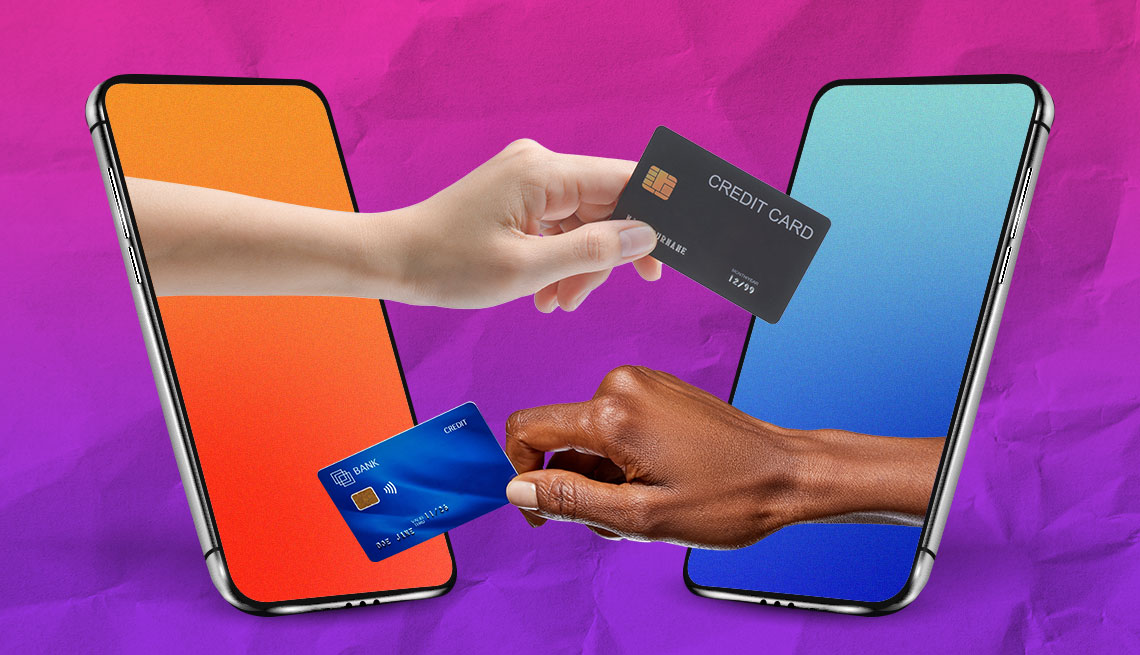
1. A Tectonic Shift in Digital Transactions
The digital economy thrives on speed, flexibility, and trust. In South Korea and many innovation-driven markets, mobile micropayments have served as the engine behind app purchases, gaming credits, and digital service subscriptions. But until recently, this market was fragmented—dominated by platform-specific gateways and telecom-based billing. Then came a policy and market game-changer: the rise of comprehensive payment service providers (CPSPs).
CPSPs offer one-stop solutions for all forms of payments—online, mobile, peer-to-peer, subscription-based—under a single regulatory and operational roof. Their introduction was not merely about streamlining transactions. It fundamentally altered the structure, security, and scale of the micropayment market. This article dives into the evolving role of CPSPs and assesses their real and potential impact on how we handle small-value payments in everyday digital life.
2. Core Definitions You Should Know
- Micropayment: A low-value digital payment, typically under 10,000 KRW (~$7 USD), used frequently in mobile environments.
- Comprehensive Payment Service Provider (CPSP): A business entity licensed to manage various types of payment processing, such as remittances, fund transfers, merchant settlements, and micropayments, under a unified platform.
- Third-Party Payment Gateway: An intermediary that handles online payment authorization and processing between merchants and consumers.
- Digital Wallet: A mobile or web-based app that stores payment information and allows consumers to make transactions without physical cards.
- Zeropaybank: A public-private micropayment solution offering fee-reduction and transparency in small-value transactions, especially for small businesses and self-employed professionals.
3. What’s Driving the Transition Toward CPSPs?
- Regulatory Evolution: Korea’s Electronic Financial Transactions Act and recent policy updates have opened doors for fintech players to become CPSPs, allowing them to bypass traditional banking bottlenecks.
- Consumer Demand: Users want faster, integrated, and safer transaction experiences that can cross platforms and device types.
- Merchant Needs: Businesses seek cost-effective payment services with real-time settlement and simplified reconciliation systems.
- Technological Advances: API standardization, AI-based fraud detection, and mobile-first design are enabling broader and more flexible payment networks.
4. Strategic Benefits for the Micropayment Ecosystem
| Area | Impact of CPSPs |
| User Convenience | Unified apps reduce the need for multiple wallets or cards |
| Merchant Fees | Lower commission rates compared to traditional credit card networks |
| Cross-Platform Support | Seamless transitions between in-app, e-commerce, and offline payments |
| Fraud Prevention | Enhanced security features through centralized monitoring |
| Policy Alignment | Government-supervised frameworks ensure compliance and protect user rights |
In particular, initiatives such as Zeropaybank exemplify how a CPSP-aligned system can provide seamless micropayment support to everyday users and vendors, encouraging adoption while maintaining transparency.
5. Challenges and Risks That Accompany CPSP Expansion
- Market Concentration: Large CPSPs may dominate and marginalize smaller providers, reducing diversity and user choice.
- Data Privacy Concerns: More centralized data may increase vulnerability if not protected by top-tier encryption and governance.
- Over-Regulation Threat: Strict licensing and compliance burdens may stifle innovation among startups.
- Technical Integration Costs: Older vendors may face financial and technical barriers when migrating to CPSP-compatible infrastructure.
6. Step-by-Step Guide for Businesses: Integrating with a CPSP
1. Evaluate Eligibility Criteria
Check licensing requirements and regulatory obligations in your region before approaching CPSPs.
2. Assess Platform Compatibility
Ensure your e-commerce or app infrastructure can handle CPSP APIs and data encryption standards.
3. Compare Fee Structures
CPSPs often offer reduced transaction fees—but verify if they align with your transaction volume and patterns.
4. Request a Pilot Integration
Before full-scale rollout, test with low-volume payments to confirm speed, settlement accuracy, and customer experience.
5. Train Staff and Educate Customers
Once live, ensure both internal teams and end-users understand the new system to minimize friction.
7. Comparative Table: Pre-CPSP vs. Post-CPSP in Micropayments
| Factor | Pre-CPSP Environment | Post-CPSP Ecosystem |
| Payment Methods | Telecom billing, isolated apps | Integrated apps, cross-device continuity |
| Refund Systems | Fragmented, often manual | Unified portals with automation |
| Settlement Time | Up to several days | Real-time or near-real-time |
| Cost to Merchant | 3–5% on average | Often under 1.5% |
| Consumer Protections | Varies per platform | Policy-bound, consistent compliance |
8. FAQ – Micropayment Users and Business Owners Ask
Q1. Do I need a CPSP to handle micropayments?
No, but partnering with one simplifies compliance and boosts consumer trust.
Q2. Will CPSPs replace traditional banks?
Not entirely. CPSPs complement banks by handling niche payment types faster and more cost-effectively.
Q3. How does this benefit consumers using only one or two apps?
It reduces friction when switching platforms and increases clarity on where and how your money moves.
Q4. What about privacy?
CPSPs are required to meet stringent data security and storage protocols, often overseen by Korea’s Financial Supervisory Service.
9. Smart Strategies for Navigating the New Landscape
- Embrace Open Banking Standards: Interoperability will soon be a default requirement, so plan for it early.
- Build Refund Transparency Into Your App: The quicker the refund process, the more trustworthy your service appears.
- Adopt Tiered Service Models: Offer consumers optional premium services for faster settlements or higher transaction limits.
- Stay Ahead of Regulation: Monitor FSC updates and participate in sandbox trials to future-proof your system.
- Collaborate with Public CPSP Solutions: Platforms such as Zeropaybank reduce onboarding friction and elevate social trust.
10. Conclusion: A Redesign of Micropayment Infrastructure
The rise of comprehensive payment service providers is not just a regulatory move—it’s a structural redesign of how financial interaction happens at the smallest levels. From app purchases to vending machines, from taxis to e-books, micropayments now flow through smarter, more unified channels.
This shift is already enhancing transaction transparency, lowering costs, and increasing confidence in digital commerce. For businesses, it signals a time to act—adopt, integrate, and innovate. For users, it’s a quiet revolution that will make payments feel faster, clearer, and safer.
As more stakeholders, including government agencies and civic platforms such as Zeropaybank, join hands in supporting the CPSP infrastructure, we’re bound to see a new era in micropayment where convenience meets compliance without compromise.





More Stories
How to Choose the Best Phone Service Plan for Work and Personal Use
How a Revops Agency Drives Revenue Growth and Operational Excellence
9 Key Metrics for SaaS Lead Generation